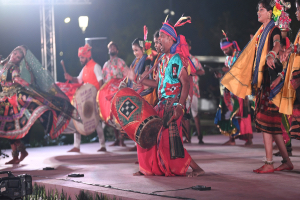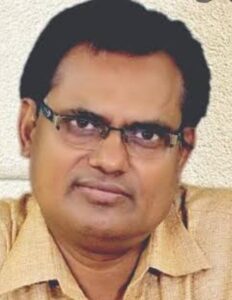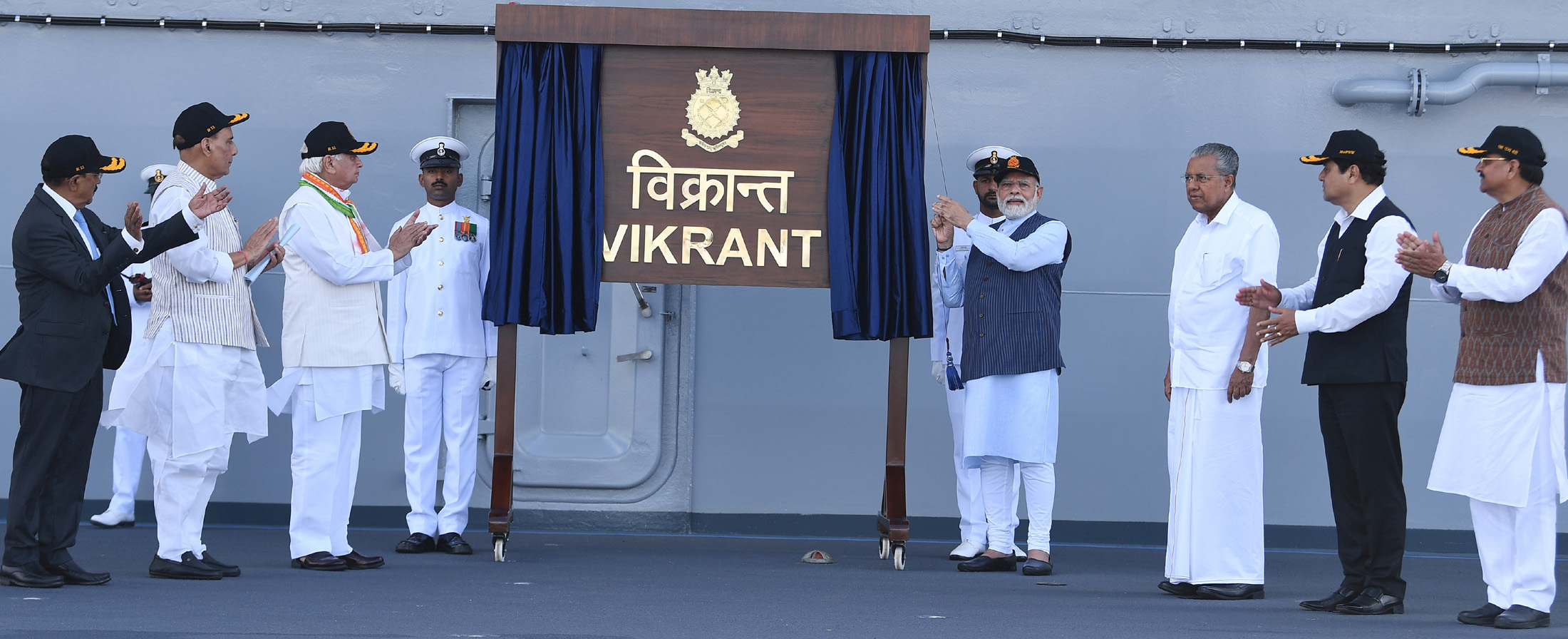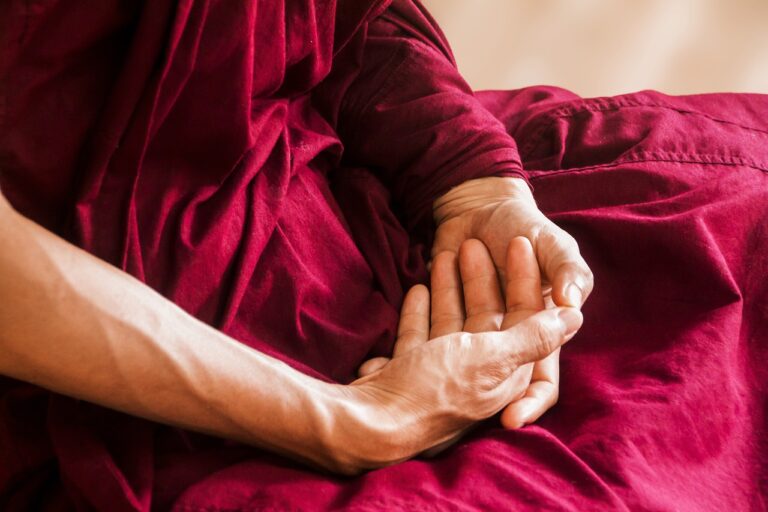
Counterpoint
 By Vivekanand Jha*
By Vivekanand Jha*
Isn’t a journey from Rajpath to Kartavya Path a vindication of a new India which prides upon civilisational Bharat?
On the 8th of September, 2022, Rajpath was renamed Kartavya Path. Can we call the renaming a paradigmatic shift in the national consciousness? Hasn’t India, despite having taken more than seven decades, ever since its independence, finally re-discovered its lost moorings?
The continuation of the colonisation of the mind, despite the physical independence, has been a blot on the oldest civilisation on earth. Hence, isn’t the renaming of the road a breaking of the shackle of the last vestiges of the nation’s sign and symbol of slavery?

Also, the occasion was marked by the inauguration of the statue of Netaji Subhas Chandra Bose and while inaugurating the 28 feet tall statue, Prime Minister Narendra Modi sought to remind the nation about the short shrift given to such national icons like Netaji Subhas Chandra Bose.
Significantly, there are events happening close to each other that could redefine the glory of ‘Bharatvarsha’. Only on September 2, 2022, India jettisoned the royal Navy flag, when INS Vikrant, an indigenously made Aircraft carrier was commissioned at Cochin Shipyard Ltd, Kochi, in Kerala. Here too, isn’t the replacement of the St. George Cross by the seal of Chhatrapati Shivaji, another sign and symbol of slavery, another landmark return to India’s glorious civilisational past? Chhatrapati Shivaji had built one of the strongest navies under the leadership of Kanhoji Angre, India’s first naval commander. Such was the strength of the Indian Navy that the British had passed the legislation to restrict its movements.

Hence, shouldn’t the efforts to bring back the glorious past in the national psyche when the past several decades were spent celebrating the symbols and tokenism of the colonial past, be a welcome relief for the nation?
The re-naming of Rajpath as Kartavya Path is indeed a vindication of the new India which covers its glorious past, and no longer feel ashamed to uphold the past civilisational glory which Macaulay had mischievously sought to debunk as signs and symbols of obscurantism. Regrettably, India took several decades to reach the state where it can delightfully proclaim that, notwithstanding its unsavoury past of being a conquered race for almost eight hundred years, it still possessed the best in the world.
It is this best which needs to be treasured and commended by the contemporary race and posterity. Moreover, it is the complete sequestration from the colonial past which needs to be celebrated by one and all. Further, the fact that we are a civilisation with over five thousand years of history and legacies, is a matter to feel immensely proud of.
Hence in this context, the speech of Swami Vivekananda in the World Parliament of Religions in 1893, in Chicago, when he had famously said, “When the European civilisation was in the cradle, the saints and seers in India were realising god”, is the exemplification of civilisational glory of Bharatvarsha.
Therefore, isn’t a historic journey from Rajpath to Kartavyapath is a living testimony of that famous observation made in the Parliament of World Religions way back in 1893?
*Vivekanand Jha is an author, academician and public intellectual. The views expressed are personal.





